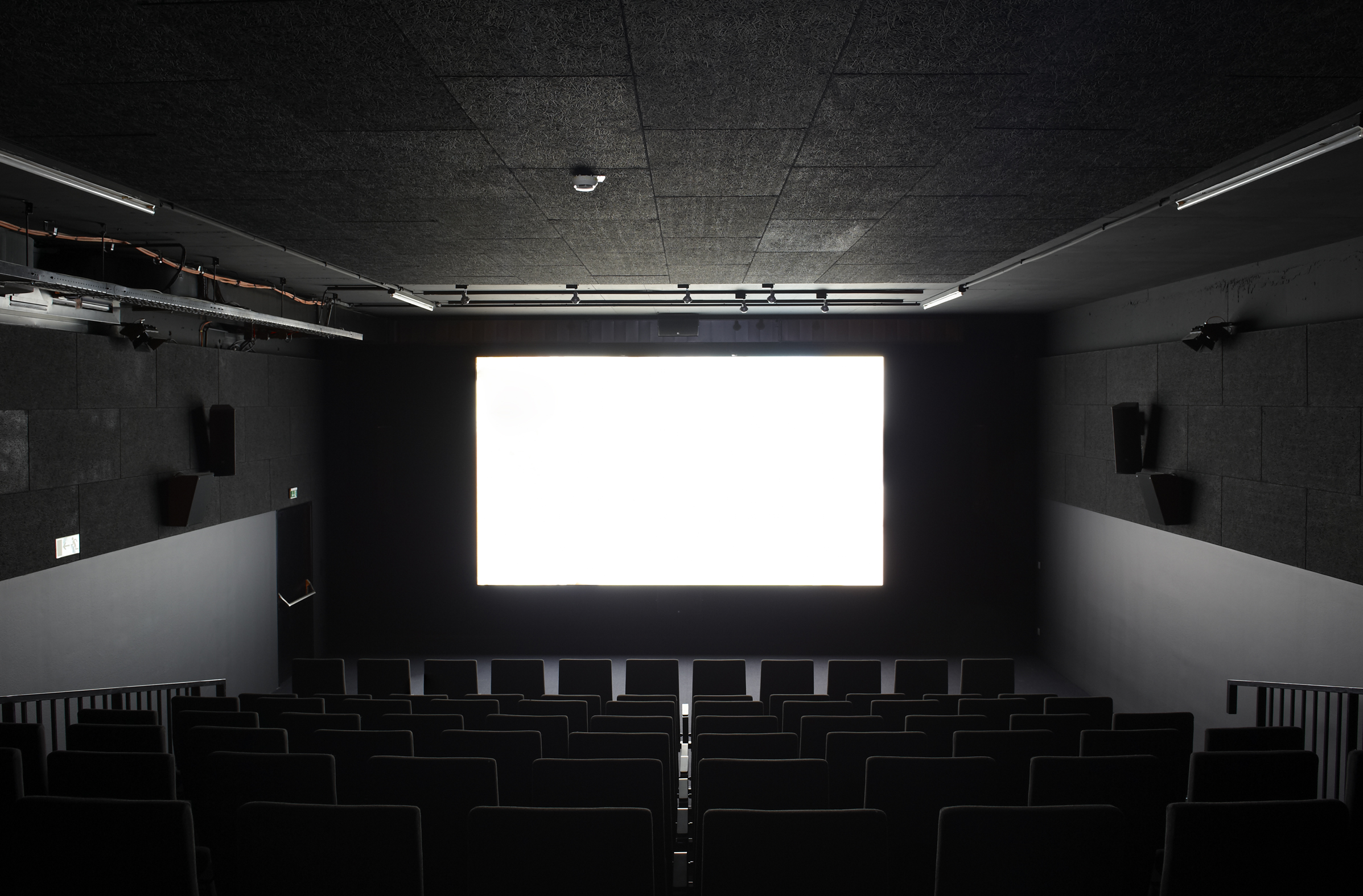
16.11.2022
Raise and Un-Raise Your Voices! Choirs in Moving Images | Part 1
Raise and Un-Raise Your Voices! Choirs in Moving Images | Part 1
Raise and Un-Raise Your Voices! Choirs in Moving Images
Program series curated by Marietta Kesting and Constanze Ruhm
The ability to produce musical and rhythmic sounds is shared by people, machines, and animals, in particular birds. This lecture, film, and live performance program presents historical and contemporary (protest) choirs, “singing plays,” and experiments in image and sound over three evenings in the mumok cinema. Alongside questions on performative aesthetics and historical reference to orality, as well as the tension between liveness and technical recordings and the acts of utterance and listening, we also here see significant experimental arrangements of a social artistic practice that primarily operates by someone “raising their voice.” Doing this collectively or alone is always also a political act. Influenced by different sound strategies deployed by musicians, artists, academics, and also machines, here appeals and proclamations, invocations, incantations, and interrogations become audible, visible, and tangible.
Locally and internationally, there are very diverse experiments with choirs and (live) performances at the interface of art, music, and moving image, using manifold forms of overlap, such as in works from the Afro-American context by Jace Clayton (Omnipresence), installations by younger Austrian artists like Marlies Pöschl, and performances by the queer-feminist choir Mala Sirena that was founded by Constanze Ruhm and Florian Paul Ebner. While in political actions you may cast your vote or abstain, in a choir you keep your own voice which is added to other voices and thus temporarily becomes part of a multivocal collectivity. In choral format and their many different new interpretations, new collectivities and cooperatives are thus tested. Feminist and queer artistic practice, which was often accompanied by demands for recognized and inclusive visibility, is now partly expanded by formats of audibility, of loud protest, and also a new politics of pleasure, singing “against power and injustice.”
Part 1 on Wednesday, November 16, 7 pm
INVOCATION with Jace Clayton
Afro-American author, artist, musician, and DJ Jace Clayton will present works including choirs singing against surveillance floodlights in urban spaces and also an analysis of technical glitches and political sound cultures. This challenges categories that determine what is seen as “technical” and “artificial,” and what is “natural,” “human,” or “analogue.” For, as Nina Sun Eidsheim notes: “The voice is composed of a collection of bodily organs involved in the production of sound, the acoustical conditions in which it is emitted and sensed, and the style and technique involved in its lifetime of training, what Farah Jasmine Griffin calls ‘cultural style’.” (1) The word “invocation” includes both the “voice” and the “call.” This word is used when the aim is to assert the power of laws, authorities, and privileges, or when appealing to higher powers, including the magical. It is related to the verb “evoke,” which is mainly used in the sense of “call forth” and is often connected to the language of memory, emotion, or empathy. Alexander G. Weheliye also emphasized that especially in Afro-American musical culture voice and technology are connected: “These resonant instigations also amplify the integral enmeshment of sound and technology in the modern era, underscoring some of the ways sound technologies are a vital element of the musical text rather than supplementary to its unfolding.” (2) Song, music, and sound are alternative systems of communication that question history as ritual and use rhythm as a technology, combining ritual and coding potentials. In order to approach that which lies beneath the immediately perceivable, temporary resonance chambers are created where the transitions between animate and inanimate protagonists, between spirituality and technology, and between various systems of time and ideologies all become fluid. At the same time, (live) sound—where a sound emerges by fading away—also embodies the memory of forms of speculative knowledge, as something ephemeral, (non-)documentable, resisting control and surveillance.
(1) Nina Sun Eidsheim, The Race of Sound: Listening, Timbre, and Vocality in African American Music (Durham: Duke University Press, 2018), p. 10.
(2) Alexander G. Weheliye, Phonographies: Grooves in Sonic Afro-Modernity (Durham: Duke University Press, 2005), p. 2.
Program
Installation and lecture by Jace Clayton
Presented by Marietta Kesting and Constanze Ruhm
Jace Clayton is an artist and writer based in New York, also known for his work as DJ /rupture. Clayton is currently Assistant Professor of Visual Arts and Interim Director of Columbia University’s Sound Art MFA Program. Recent publications: a review of the Whitney Biennial (Artforum, 2022) and a review of the Metropolitan Museum of Art’s Before Yesterday We Could Fly exhibition (4Columns, 2022). His book Uproot: Travels in 21st Century Music and Digital Culture was published in 2016.
Constanze Ruhm is an artist, filmmaker, author, and curator. Since 2006 she has been professor for art and media at the Academy of Fine Arts Vienna.
Marietta Kesting is a media and art theorist, presently teaching at the University of Potsdam, and she is part of the publication platform b_books.
Part 2 on Wednesday, November 30: WORKING / AGENCY
Part 3 on Wednesday, December 7: RESONANCE / ALGORITHMS
© mumok – museum moderner kunst stiftung ludwig wien